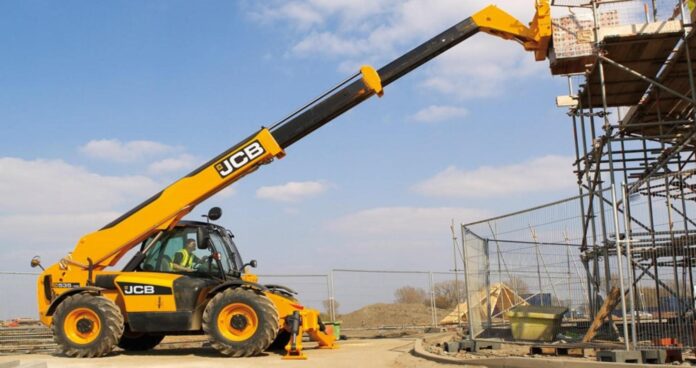Telehandlers have become essential in the construction industry. These versatile machines have multiple applications, such as lifting heavy loads, moving materials, and even personnel. However, when operating a telehandler, safety should be the top priority. In this article, we will discuss the A17 telehandler questions and answers to help you understand this type of machine better.
What is an A17 telehandler?
An A17 telehandler is a type of telescopic handler designed to comply with the safety standards set by ANSI/SAIA A17.6-2017. This standard covers the safety requirements for the design, construction, testing, maintenance, and use of telescopic handlers.
What are the safety features of an A17 telehandler?
An A17 telehandler must have several safety features to comply with the standard. These include:
- An operator’s cab that meets the requirements for visibility, stability, and protection from falling objects.
- A load chart that specifies the maximum load capacity of the telehandler based on its configuration and stability.
- A boom angle indicator that shows the angle of the boom in relation to the horizontal.
- An overload warning device that alerts the operator when the telehandler is approaching or exceeding its maximum load capacity.
- A hydraulic system that includes safety valves and locking mechanisms to prevent the boom from collapsing or dropping suddenly.
- A stability system that ensures the telehandler remains stable during operation and can resist overturning or tipping.
What are the different types of A17 telehandlers?
A17 telehandlers come in various sizes and configurations to suit different applications. The most common types of A17 telehandlers include:
- Fixed telehandlers: These have a fixed boom and are ideal for lifting and placing loads in one location.
- Rotating telehandlers: These have a rotating turret that allows the boom to rotate 360 degrees, making them ideal for working in tight spaces.
- Roto telehandlers: These have a rotating turret and a telescopic boom, making them suitable for both lifting and placing loads and reaching high areas.
What are the advantages of using an A17 telehandler?
A17 telehandlers offer several advantages, including:
- Versatility: A17 telehandlers can be fitted with various attachments, such as buckets, forks, and lifting hooks, making them suitable for multiple applications.
- Reach: Telehandlers can reach higher than traditional forklifts, making them ideal for tasks such as loading and unloading trucks and placing materials at heights.
- Maneuverability: Telehandlers can move easily in tight spaces, thanks to their compact size and four-wheel steering.
- Safety: A17 telehandlers are designed to comply with strict safety standards to protect the operator and personnel on the job site.
What are the key components of an A17 telehandler?
The key components of an A17 telehandler include:
- Boom: This is the telescopic arm that extends and retracts to reach the load.
- Chassis: This is the frame that supports the machine and includes the wheels, axles, and suspension.
- Cab: This is the operator’s compartment that provides visibility, controls, and protection.
- Engine: This is the power source that drives the telehandler.
- Hydraulic system: This controls the movement of the boom and attachments.
- Attachments: These are the accessories that can be fitted to the boom to perform different tasks.
What are the maintenance requirements for an A17 telehandler?
To keep an A17 telehandler in good working condition and ensure safety, regular maintenance is necessary. Some of the maintenance requirements include:
- Daily pre-operation inspections to check for any visible damage, leaks, or loose components.
- Regular lubrication of all moving parts.


